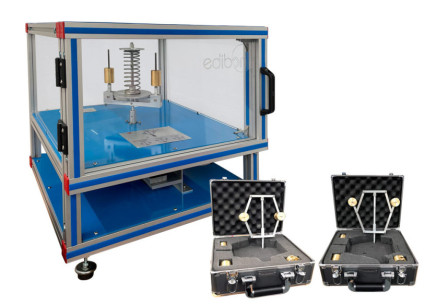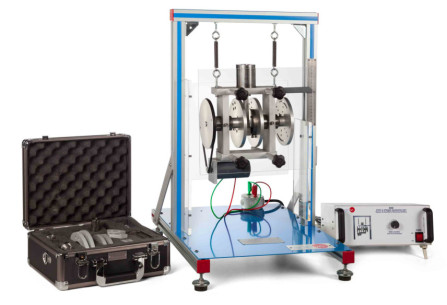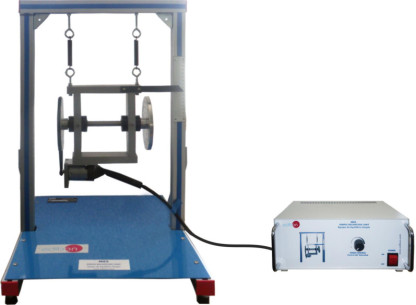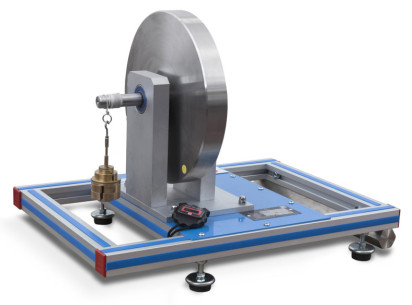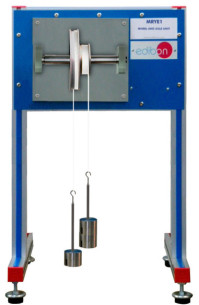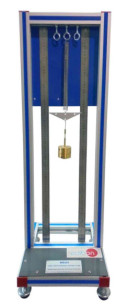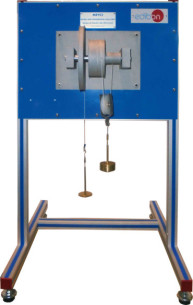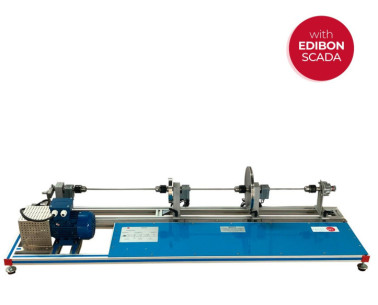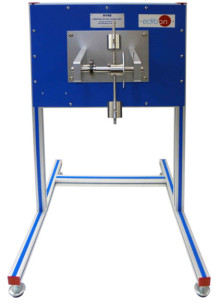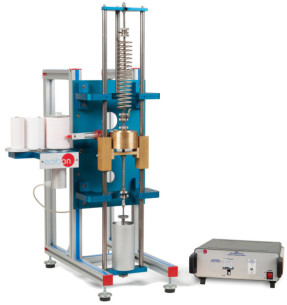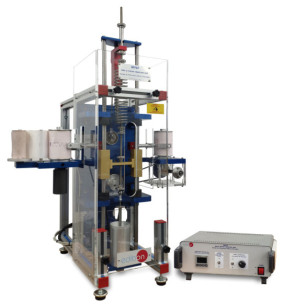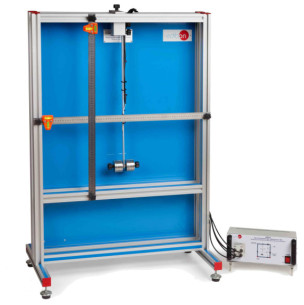CONTACTEZ-NOUS, POUR PLUS D'INFORMATIONS
14.1.- BIOMECANIQUE
Biomécanique étudie la mécanique du mouvement de l'organisme des êtres vivants, parmi lesquels le mouvement du corps humain humain. Cette étude va des mouvements les plus simples de la vie quotidienne, comme le travail ou l'activité sportive, au mouvement de certains organes internes, comme le cœur. Pour étudier la cinétique du corps humain, biomécanique, on applique les principes de la mécanique et les connaissances de l'anatomie et de la physiologie, permettant la conception de nouveaux instruments de diagnostic et de traitement et la mise au point de meilleures implants et prothèses.
Voir plusAujourd'hui, Biomécanique analyse les mouvements de la combinaison des articulations et des muscles. Ces analyses nous permettent d'étudier les charges et les efforts auxquels le corps humain est soumis. La connaissance de la cinétique humaine permet le traitement des blessures et leur réadaptation ultérieure, la conception de prothèses permettant la flexibilité des mouvements, la recherche de nouvelles techniques sportives pour augmenter la performance d'une activité physique ou la prévention de la détérioration de l'organisme lors d'activités au travail et à la maison. Ces connaissances peuvent être divisées en plusieurs domaines de Biomécanique: Biomécanique médicale, Biomécanique du sport et Biomécanique du travail. Une autre application de la biomécanique est la conception d'applications robotiques. Les mouvements effectués par les bras robotiques ou la capacité de déplacement de certains d'entre eux au moyen d'un système locomoteur électro-mécanique sont basés sur la mécanique des êtres vivants.
L'étude continue du comportement mécanique des organismes conduit les applications de la biomécanique à développer des prothèses bioniques et des organismes artificiels qui simulent le fonctionnement normal d'un organisme réel et peuvent réagir à des stimuli. En outre, l'amélioration de la technologie exosquelettes permettra d'accroître la mobilité des personnes à mobilité réduite et d'améliorer les capacités physiques lors d'activités à sollicitation.
Voir les produits Préférences sur les cookies
Préférences sur les cookies

